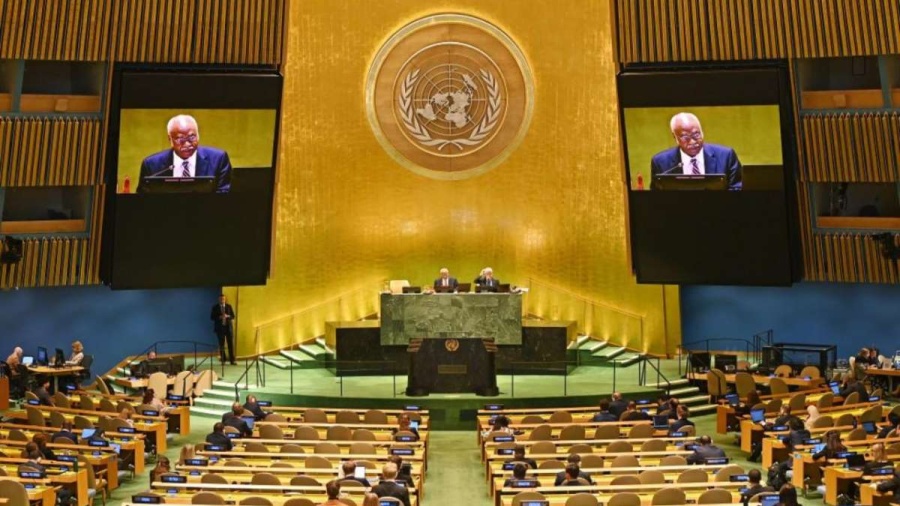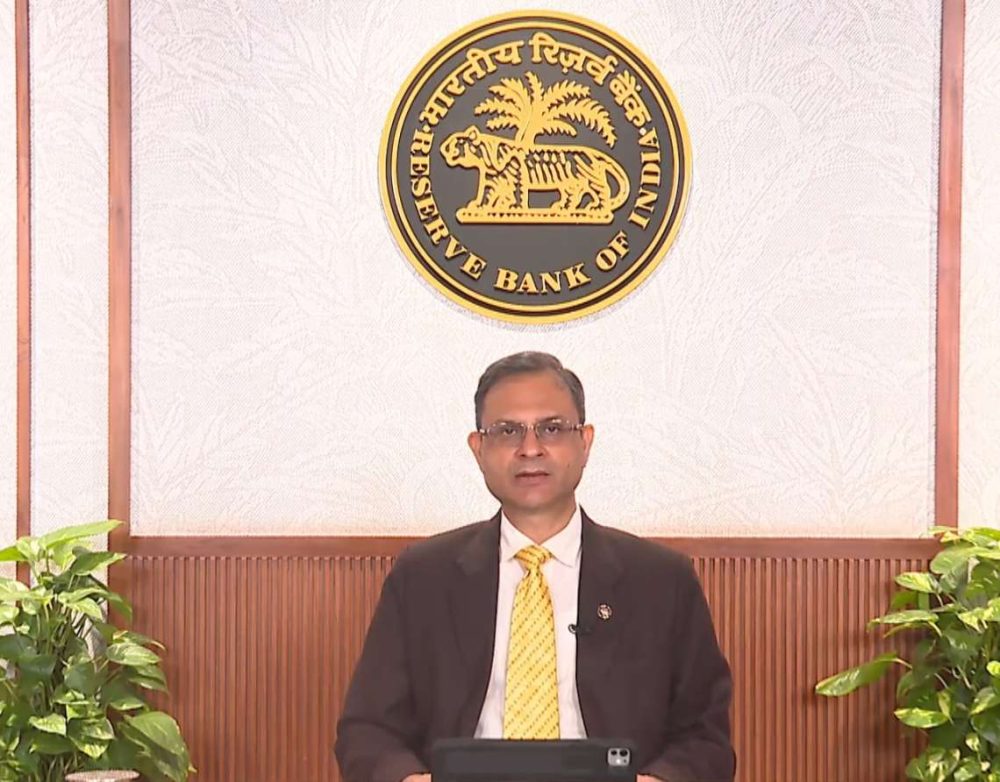Led by factors such as urbanisation and employment opportunities, 22.2 million units of housing will be required in urban centres in the country…reports Asian Lite News
India’s affordable housing market is projected to reach Rs 67 lakh crore by 2030, with cumulative demand likely to be 31.2 million units, a report showed on Wednesday.
The existing shortage as well as upcoming demand for the affordable housing segment in India is estimated to be 30.7 mn units by 2030 and the opportunity to finance these units is calculated to be Rs 44 lakh crore, according to the report by Knight Frank India and CII.
Led by factors such as urbanisation and employment opportunities, 22.2 million units of housing will be required in urban centres in the country. Almost 95.2 per cent of this demand, equivalent to 21.1 million units, will be concentrated in the affordable housing segment, the report mentioned.
A predominant share of 45.8 per cent of the demand will be concentrated among the economically weaker section (EWS) households as there is already an existing shortage of 10.1 million units.
The current portfolio of the affordable housing loan market in India is estimated to be Rs 13 lakh crore, with Housing Finance Companies (HFCs) constituting Rs 6.9 lakh crore and Scheduled Commercial Banks (SCBs) holding a share of Rs 6.2 lakh crore.
“As urbanisation accelerates and income levels rise, affordable housing is positioned to play a pivotal role in shaping the country’s real estate landscape,” Knight Frank India Chairman and Managing Director, Shishir Baijal, said.
Addressing this demand will require innovative strategies, including public-private partnerships, policy interventions, and advancements in construction technologies, making affordable housing not just a social imperative but also a critical driver of economic growth, he added.
The loan market in this category is anticipated to experience significant expansion due to the escalating potential demand for affordable housing.
The reliance on loans is notably high in the affordable housing segment as compared to premium in India.
Based on an assumption of a 77 per cent loan dependency and loan-to-value (LTV) ratios applied at various loan thresholds, the potential financing opportunity for banks and Housing Finance Companies (HFCs) in the affordable housing segment is estimated to be Rs 45 lakh crore, said the report.
ALSO READ: ‘Kerala a Jewel in India’s Startup Crown’














